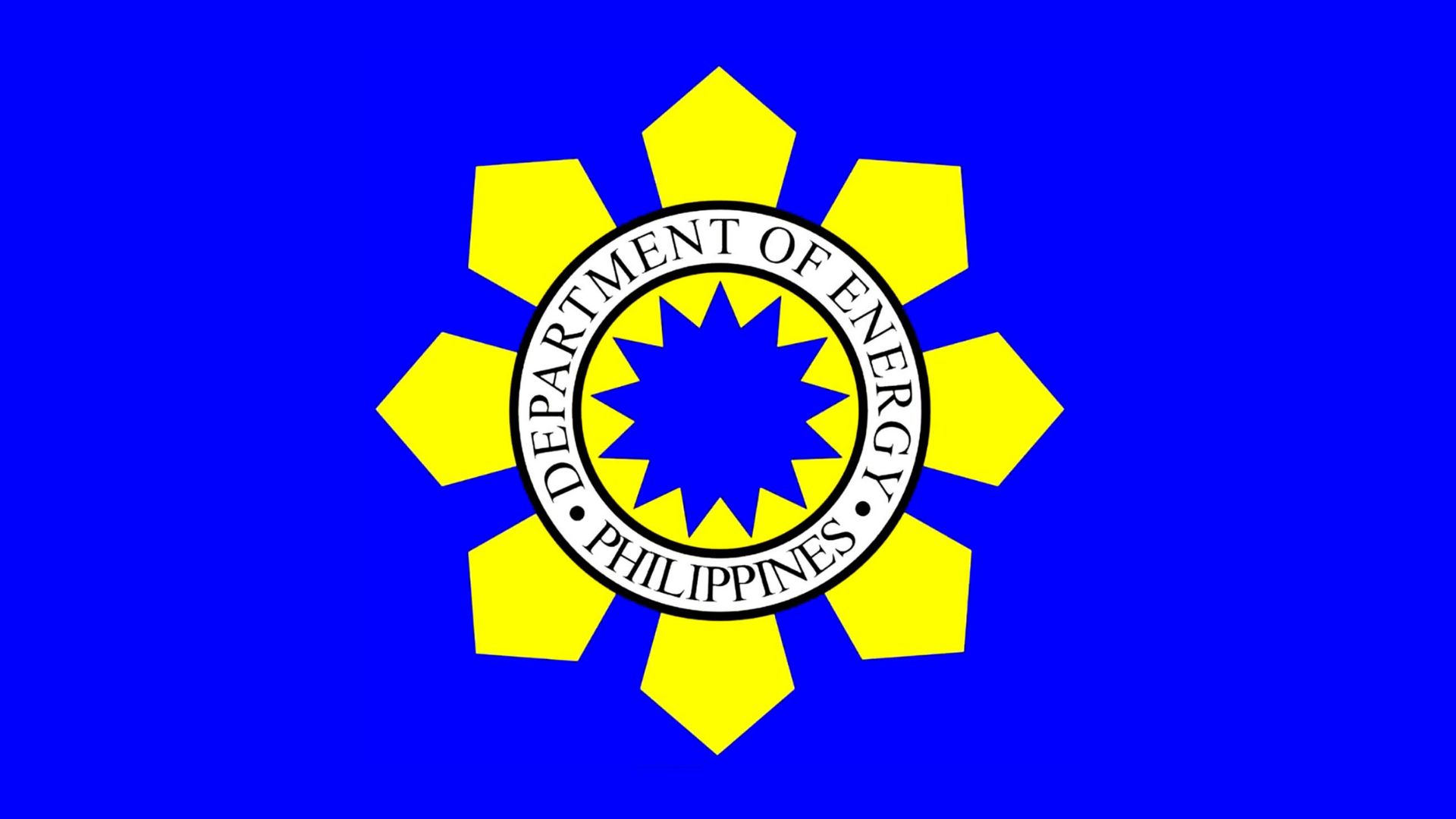DOE inaugurates MES and ESEOC as part of resilient energy infrastructure goal
- April 15, 2024
- 0

The Department of Energy (DOE) inaugurated its Mobile Energy System (MES) and Energy Sector Emergency Operations Center (ESEOC), two strategies made to confront the necessity for resilient energy infrastructure.
In a statement, the DOE said that the United States Agency for International Development (USAID) has partnered with the department as part of its USD 34 million Energy Secure Philippines activity.
“As climate change escalates, extreme events will continue to come more often, even in greater intensity. Investing in proactive measures that enhance resilience and ensure the continuity of essential services is crucial. We thank the USAID Philippines for this enduring partnership that resulted in this significant breakthrough,” Energy Secretary Raphael P.M. Lotilla said.
The ESEOC is a centralized energy control center meant to assess, monitor, and coordinate appropriate actions to different energy-related emergencies like grid failures, security, threats and natural disasters.
Moreover, through analyzing data analytics, ESEOC would be able to foster proactive decision-making and prompt resource deployment.
Meanwhile, the Mobile Energy Systems are modular systems that integrate energy solutions such as energy storage, renewable energy sources, and microgrid technologies that would enable power generation and distribution even in calamity-affected areas.
“Through initiatives like these, we are proud to lead the way in transforming the energy
landscape and building more resilient communities,” Lotilla added.
Additionally, the USAID handed over eight solar-powered MES units to DOE, which would be used to power government agencies and local government units.
Two of them are now positioned at the DOE, in which one would be used to back up the ESEOC. It has 50 kilowatt-hour (kWh) of battery storage capacity and cost around Php 2.99 million to Php 5.25 million.
As opposed to the standard diesel generator set, the MES would be readily available for emergency situations.